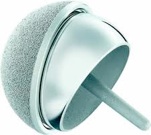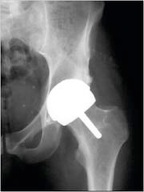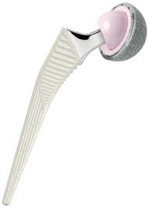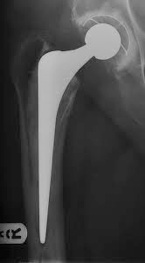hip clinic


In younger patients causes can include muscle sprains, tendonitis, post trauma, Perthes disease, developmental dysplasia and infection. The most commonest cause in older patients is Osteoarthritis. Other causes include Rheumatoid, inflammatory problems and Avascular Necrosis(Poor blood supply). The end result is thinning and wearing out of the cartilage covering of the hip joint together with further tissue damage causing pain, stiffness and reduced movement. In severe cases the leg can become shorter due to bone loss.
Investigating hip problems involves a thorough clinical history and examination followed by imaging tests including x-rays, Computed Tomography scans and Magnetic Resonance Scans. Once the surgeon has determined the cause of the problem he can discuss treatment options with the patient.
Hip Resurfacing is generally offered to younger
more active patients with good bone quality.
The advantages reported are earlier recovery
times for patients and preservation of bone in
the femur for further operations if required. The
potential disadvantages are the risk of hip
fracture and increased metal ion levels in the
body.
There are two main types of Total Hip
Replacement. Cemented and un-cemented
implants. Both can provide good pain relief and improve
mobility. Cemented implants can loosen in
younger more active patients. The other
consideration is the bearing surface/
articulation of the joint. Ceramic,metal and
polyethelyene can all be used.

Joint replacement options




